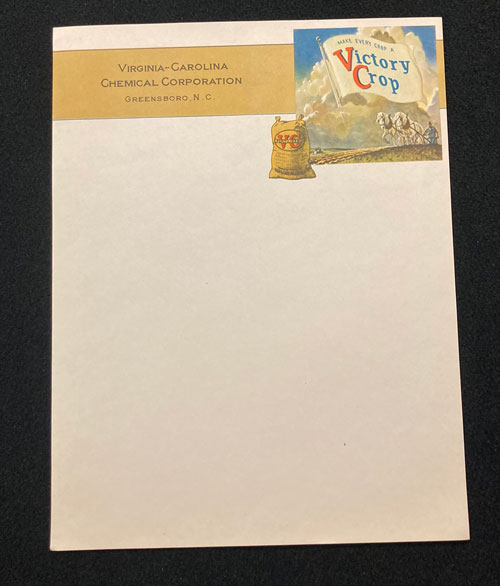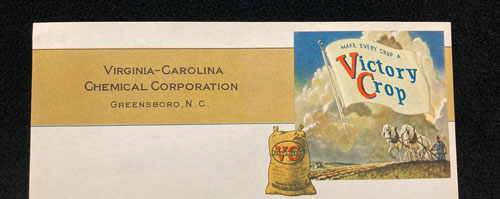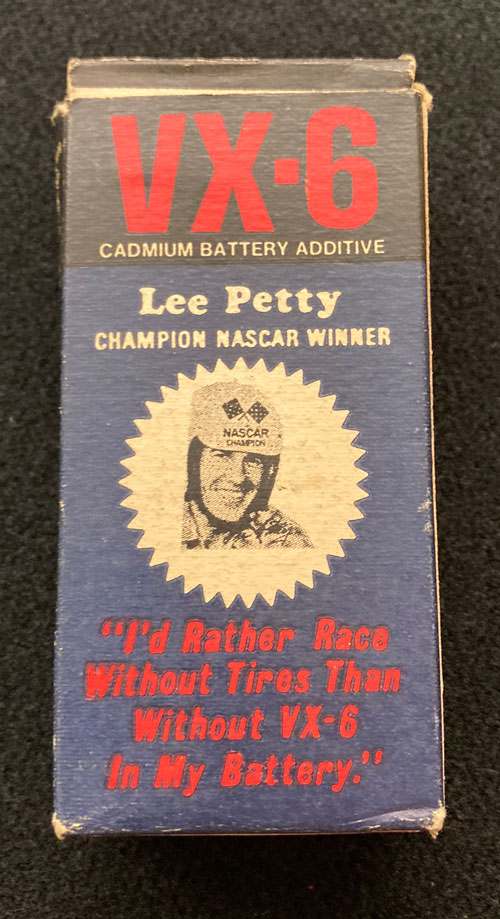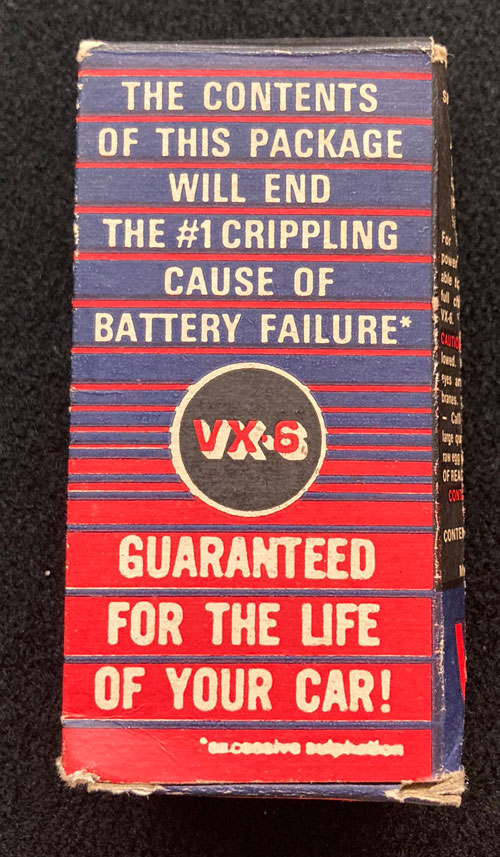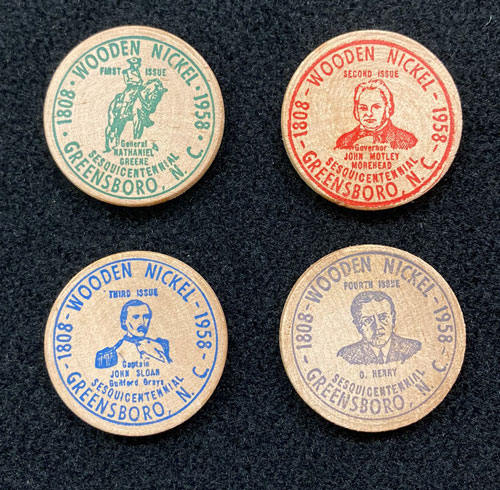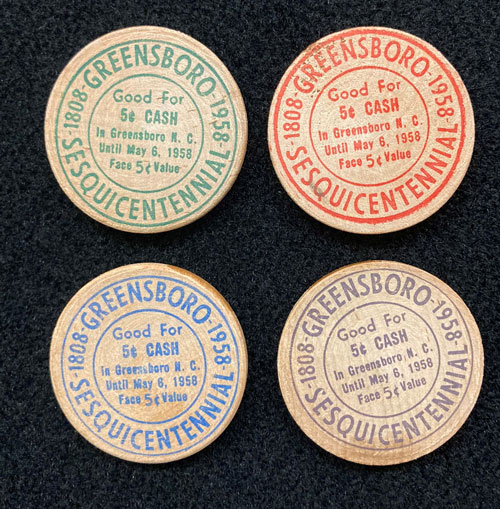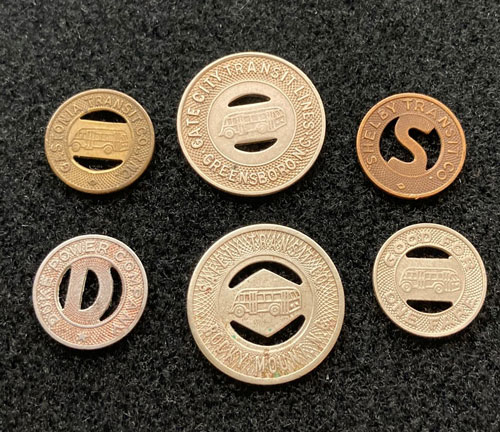
“On Monday, the city takes over the bus system. There’ll be a new name, Greensboro Transit Authority, revised routes, some new stops, expanded service and, best of all, a new fleet.
“For the first time since 1934 the Duke Power name won’t be on buses. Before 1934, Southern Public Utilities, with ties to Duke Power, ran the public transit service — whose origin dates to the 1890s when a tired old mule pulled a trolley along Elm Street.
“Electric streetcars came in 1902 and disappeared in 1934. Overhead trolleys became extinct here in 1956. Now, it’s goodbye to Duke’s buses.
“Duke Power leaves behind many memories, good and bad: Tokens, transfer slips, longtime route names such as Pomona-Bessemer and White Oak-Glenwood and those dreadful signs that long ago greeted black passengers when they stepped aboard: ‘Colored must step to the rear.’ ”
— From “Duke Power takes its last ride” by Jim Schlosser in the Greensboro News & Record (Oct. 4, 1991)
Before buses came to dominate public transit, Duke Power also had owned streetcar systems in Charlotte, Winston-Salem, High Point, Salisbury and Durham in North Carolina and in Greenville, Spartanburg and Anderson in South Carolina.
But Duke Power held no statewide monopoly, as demonstrated by these additional tokens from Gate City Transit Lines (Greensboro), Shelby Transit, Power City Bus Lines (Albemarle), Safety Transit (Rocky Mount) Gastonia Transit and M and B Transit Lines (Burlington).
Despite its limiting name, Chicago Transit & Railfan offers remarkably detailed information on North Carolina.

